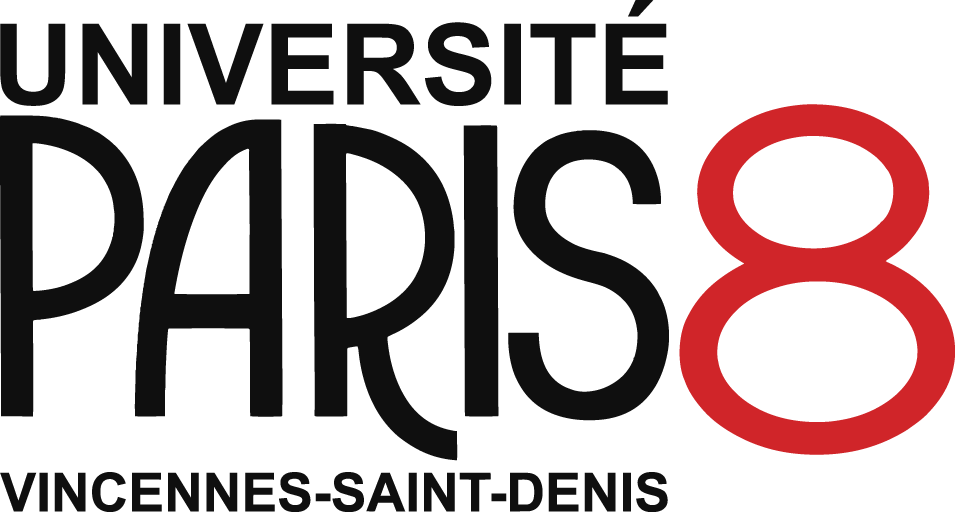Characterizing AI in media software: an interdisciplinary approach to user interfaces
Résumé
This article explores the user interface as a cultural manifestation where AI tech- nologies and media software converge. We adopt an interdisciplinary perspective that draws upon semiotics, information, and communication sciences. We start by examining media software as an information system in which user interac- tions are categorized into four functional types: generic, specialized, innovative, and critical. Each category corresponds to different levels of user engagement and expectation. Then, the article traces main milestones in the evolution of AI, from early rule-based systems to modern machine learning algorithms, highlight- ing their integration into everyday media software. The concept of Human-Cen- tered AI (HCAI) is discussed to emphasize the importance of design patterns that prioritize user experience. An analytical model is proposed to dissect AI user interfaces, uncovering the multiple layers of meaning they convey. The article concludes by advocating for practice-based exploratory methods to engage with AI, suggesting that a closer interaction with these interfaces can help to better understand the effects of digital technologies in our cultural practices.
| Origine | Fichiers éditeurs autorisés sur une archive ouverte |
|---|---|
| licence |






